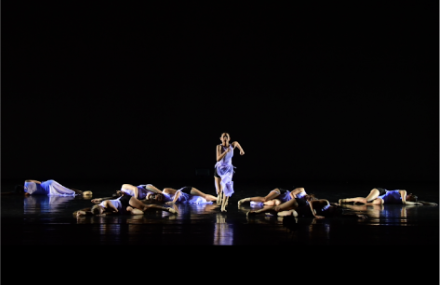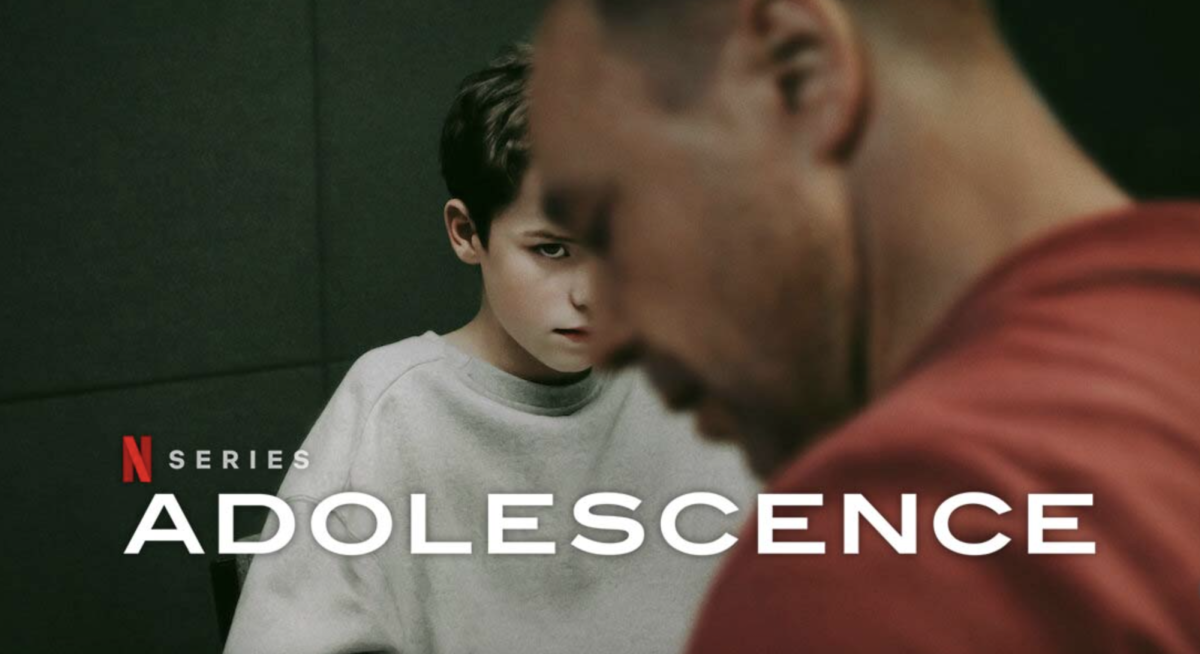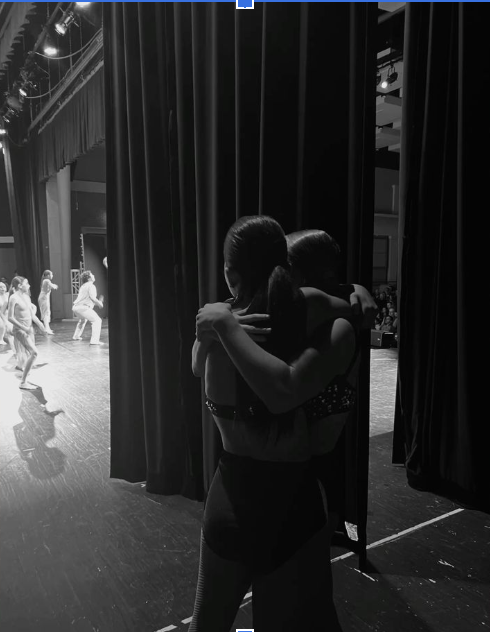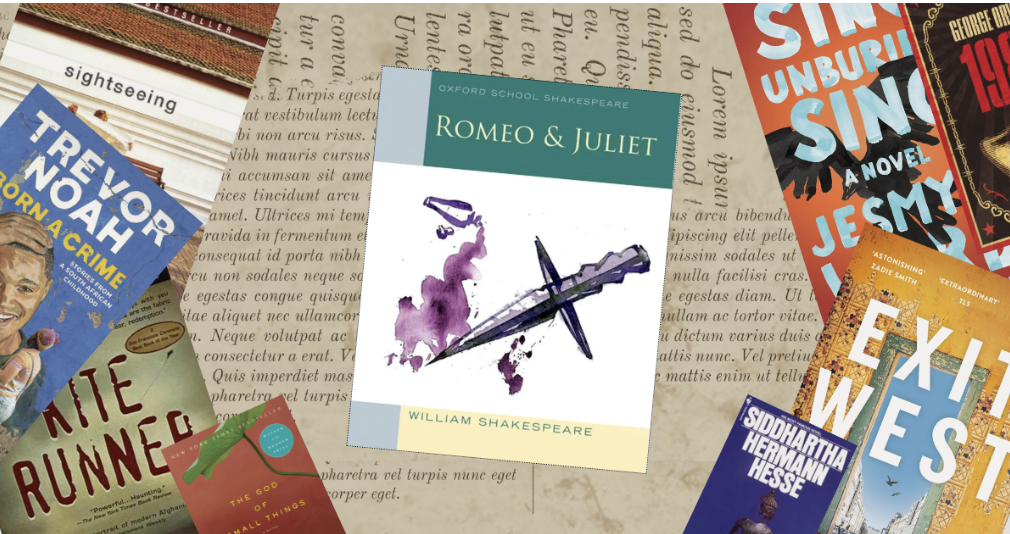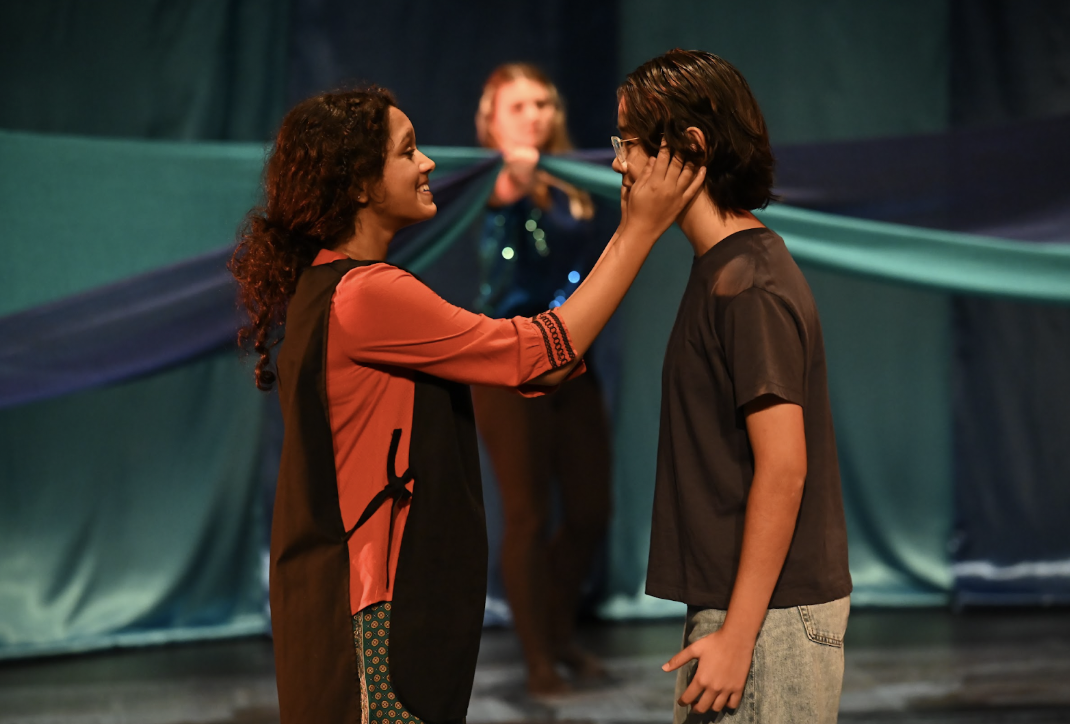When I first arrived at ISB, I had just left the National Rhythmic Gymnastics team in Turkey, moving halfway across the world and searching for a way to keep my passion alive. Gymnastics has five types (Artistic, Rhythmic, Aerobic,Trampoline and Acrobatic). I found that while ISB offered “Panther Gymnastics,” it only covered artistic gymnastics—not rhythmic, the discipline I was trained in at a professional level. After a difficult search across Bangkok and our school, I accepted that rhythmic gymnastics wasn’t an option here.
With that door closed, I turned to my other passion, dance, something I’d been involved with at my previous school, often as the main dancer due to my gymnastics background. Eager to join a team at ISB, I started coaching younger dancers and gymnasts, joined Panther Dance, and eventually made it onto the varsity dance team. But I quickly realized that IASAS Dance isn’t competitive—but instead performance-based. After months of rehearsals, our team traveled for IASAS (Interscholastic Association of Southeast Asian Schools) showcases, not competitions. This felt unusual for me and my teammates, so I began researching why IASAS Dance is structured this way. That’s how I learned about its history and the decision to make it non-competitive.
Since its inception in the early 1980s, IASAS Dance has transformed from what was initially a competitive event into a dynamic showcase of talent, creativity and collaboration. Though IASAS Dance began alongside other competitive IASAS activities in 1982-83, it soon moved away from competition and, for over 40 years, has been a platform for unity and expression rather than rivalry.
Martha Graham, an American dancer and choreographer, once characterized dance as “the hidden language of the soul.” This very much describes the IASAS Dance experience, where expression and emotion take precedence over competition.
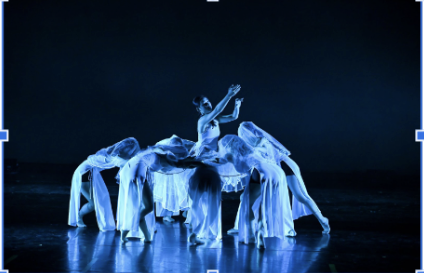
The Decision to Stop Competing: Why IASAS Dance Changed
The question often arises—why did IASAS Dance stop being competitive in the late 1980s? According to Mr. Harold Albert, IASAS Conference Administrator and longtime member of the ISB community, “the directors and coaches thought it was hard to find a point to judge, so they decided to not compete anymore and only showcase.” This pivotal decision was not just about avoiding the technical challenges of scoring dance; it was about creating a space where students could focus on growth rather than winning.
Instead of leaving the event wondering, Why didn’t I win? or How did I not get first place?, participants engaged in something much richer: fostering relationships, encouraging feedback, and celebrating the diversity of creative expression. “We want dancers to leave with a sense of achievement and inspiration,” says Mr. Anthony Giles, ISB’s director of Arts & Activities.
Integrating Southeast Asian Culture Into IASAS Dance
One of the unique aspects of IASAS Dance is how it embraces and integrates elements of Southeast Asian culture. Although not every performance highlights this regional identity, the presence of traditional dance workshops and cultural themes have added depth to the event. A standout example was in 2024 when the host school, the International School Manila, incorporated a Filipino theme, “Warriors,” where the dancers wore traditional Filipino folk costumes.
“Looking to the future, when ISB hosts IASAS Dance in 2026, we are excited about plans to incorporate multiple Thai dances and traditional dance workshops, building on a similar initiative by Jakarta Intercultural School in their 2023 invitational,” says ISB Head Dance Coach, Ms. Stephanie Fletcher. “This emphasis on cultural appreciation enriches the dancers’ experience, providing a deeper connection not only to their own heritage but to that of their peers across Southeast Asia.”
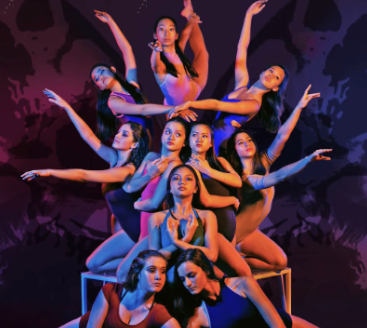
The Power of Feedback during IASAS Dance
Another distinctive feature of IASAS Dance is the feedback sessions. After each performance, students and coaches gather to discuss strengths, areas of improvement, and standout moments of each routine. This reflection time is invaluable for the dancers, helping them gain a deeper understanding of their performance and its impact on the audience.
“Feedback sections are usually done after each show, discussing the pros, cons, and what was the most interesting and attractive part in the whole dance,” says Ms. Fletcher. These discussions go beyond technical critique; they allow students to think critically about their art and consider how it connects emotionally with the audience. In fact, this reflective process aligns closely with the IB (International Baccalaureate) program’s emphasis on reflection and intentional learning.
“Art shouldn’t just be something flashy, while the audience is watching,” she says. “It should give them empathy and have some intentional meaning.” This is the essence of IASAS Dance—not just putting on a performance but creating art that resonates deeply with the viewers.
Memorable Performances: Creativity That Stands Out
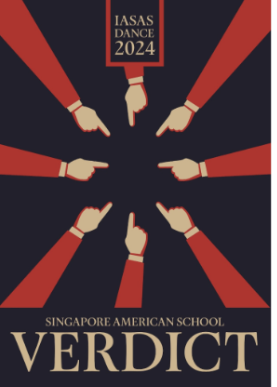

 Over the years, IASAS Dance has seen some truly iconic performances, with each year bringing something fresh and unique to the stage. According to Mr. Giles and many other coaches in ISB’s dance community, the 2024 “Katabasis” piece with the theme of “Five Stages of Grief” took center stage for ISB’s dance team, leaving a lasting impression on everyone in attendance. “It took the audience on an emotional ride, which was unique,” Mr. Giles says. This performance was special not just because of its technical precision, but because it spoke to the hearts of everyone watching, he says.
Over the years, IASAS Dance has seen some truly iconic performances, with each year bringing something fresh and unique to the stage. According to Mr. Giles and many other coaches in ISB’s dance community, the 2024 “Katabasis” piece with the theme of “Five Stages of Grief” took center stage for ISB’s dance team, leaving a lasting impression on everyone in attendance. “It took the audience on an emotional ride, which was unique,” Mr. Giles says. This performance was special not just because of its technical precision, but because it spoke to the hearts of everyone watching, he says.
Similarly, Singapore American School delivered a performance with “Verdict” that stood out for its simplicity and clarity. The theme involved the intricate dynamics, emotions, and tensions that arise as a group of jury members grapple with reaching a verdict. “I really liked them because I like simplicity and real-life reflection more I think,” Ms. Fletcher says. “It wasn’t emotional or dream-based; it was just very clear to the audience.” These two examples highlight the wide range of creativity and expression that IASAS Dance encourages, from emotionally charged themes to performances that captivate with straightforward elegance.
The Legacy of Non-Competitive Dance: Nurturing Creativity
At the heart of the decision to keep IASAS Dance non-competitive is the belief that dance, unlike sports, cannot be easily scored or ranked. As Mr. Albert explains, “Dance is not like a sport where you can give points or scores. In other words, dance is not something you can only be straight, you need to have some art sight, which comes directly from the heart. If you want to call it a competition, fine, because it’s a competition in mind, just not on paper or scoreboard. We call this ‘healthy competition.'”
The choice to preserve the non-competitive nature of the event ensures that dancers are free to explore their creativity without the limitations of rigid technical criteria. It allows them to focus on the aesthetics of dance, on the emotions they want to evoke, and on the messages they want to convey.
IASAS Dance is not about scoring points or being the best; it’s about celebrating the creativity and spirit of each dancer, each school, and each culture. It is a testament to the power of art to bring people together, inspire growth, and spark meaningful conversations. And in the end, instead of racing and craving to get the place that everyone wants, that sense of unity and shared expression is what makes IASAS Dance truly unforgettable.
We are eagerly anticipating the 2026 IASAS Dance Invitational, with ISB proudly hosting this prestigious event. It’s an exciting opportunity to showcase our school’s dedication to the arts and to celebrate the talent and creativity of dancers across the region.

